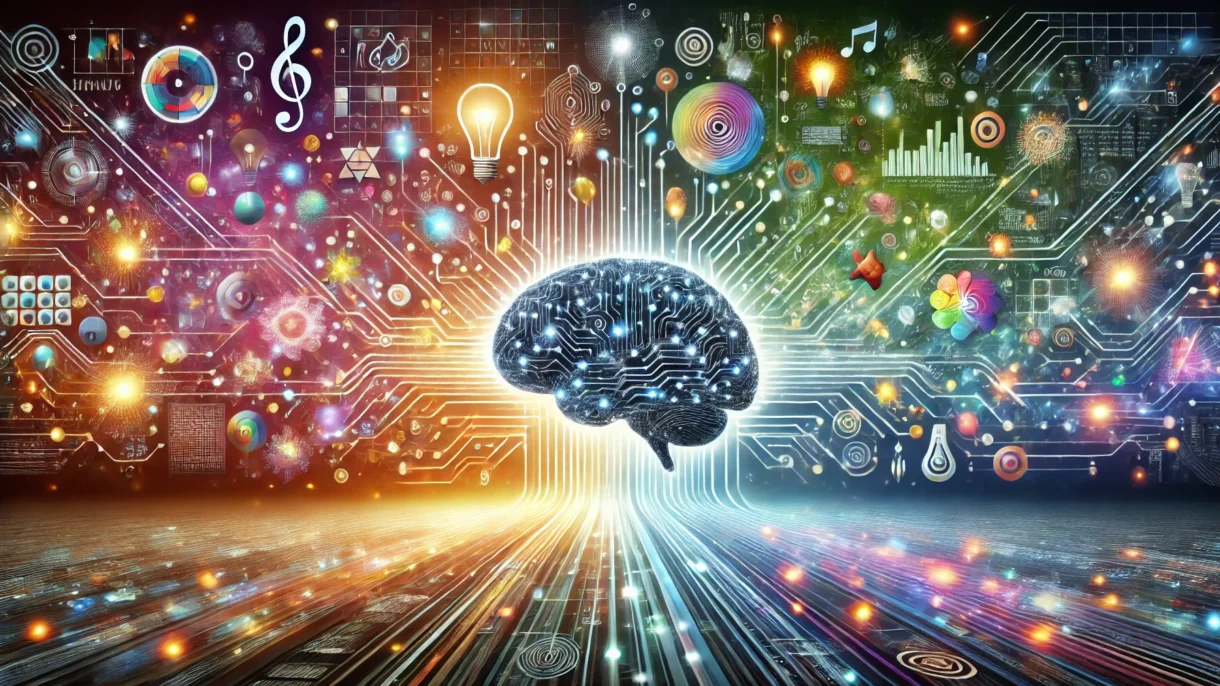ChatGPT, the AI chatbot that has captured global attention, has sparked a lively debate: is it a beacon for human creativity, or does it pose a threat to the authenticity of original ideas?
ChatGPT, AI bots, What do we know so far?
This sophisticated AI, built on vast troves of text data, can produce text that closely mimics human language. From composing poems and essays to generating computer code, ChatGPT has shown a remarkable ability to engage in tasks that were once thought to be the exclusive domain of human creativity. But this raises an important question: can we really call ChatGPT creative? Critics argue that it’s no more than a highly advanced mimic, echoing the information it has been fed without any true comprehension or originality. On the other hand, supporters see it as a valuable ally, capable of enhancing human creativity by sparking new ideas and helping to overcome creative hurdles.
As is often the case, the reality is more nuanced. ChatGPT shines in its ability to recognize patterns and synthesize information. It can take existing concepts and recombine them in ways that offer new perspectives. For example, a writer facing a roadblock in their storyline might find an unexpected plot twist through ChatGPT’s suggestions. Similarly, a designer experimenting with various visual styles might discover an intriguing new direction thanks to the AI’s input.
ChatGPT shines in its ability to recognize patterns and synthesize information. It can take existing concepts and recombine them in ways that offer new perspectives.
Yet, the limitations of ChatGPT are just as clear. It doesn’t possess the emotional depth, cultural sensitivity, or lived experience that are essential to creating truly original works that deeply resonate with people. While it can imitate creative styles with impressive accuracy, it often falls short in producing work that connects on a personal or emotional level, something that is central to the most impactful human creations.
In essence, while ChatGPT is a powerful tool that can augment the creative process, it does so within the confines of its programming. It can inspire and assist, but it cannot replace the unique human touch that breathes life into art, literature, and other creative endeavors. The ongoing debate about AI and creativity is less about choosing sides and more about understanding how best to harness the strengths of both human and machine to push the boundaries of what is possible.
Moreover, there’s a growing concern about the potential impact of AI on creativity. If we become overly reliant on tools like ChatGPT, could it stifle our own imaginative capacities? Will we lose the ability to think independently and critically? These are valid questions that deserve serious consideration.
impact of ChatGPT on creativity Titled “An Empirical Investigation of the Impact of ChatGPT on Creativity,” a study conducted by researchers Byung Cheol Lee and Jaeyeon Chung explores how ChatGPT influences the generation of creative ideas across various contexts. The researchers designed five distinct experiments, each aimed at evaluating whether AI assistance could surpass traditional methods, such as Google searches or unaided human creativity, in generating novel and appropriate solutions.

The experiments spanned tasks like designing innovative toys, repurposing household items, and creating novel dining table concepts. Participants were either assisted by ChatGPT, left to their own devices, or used conventional web searches. The results were compelling: ChatGPT consistently produced more creative outcomes, demonstrating its ability to integrate disparate concepts into coherent, articulate solutions.
The researchers employed a rigorous, between-participants design to ensure the validity of their findings. Participants were randomly assigned to different conditions, allowing for a direct comparison of its creativity against human-only and web search-assisted creativity. By avoiding widely available tests like the Alternative Uses Test, the study ensured that the tasks were novel and reflective of real-world problem-solving scenarios.
To further validate the results, the study included expert judges with experience in product management, consulting, and business strategy. Their evaluations verified the findings from the general participant pool, reinforcing the study’s conclusion that ChatGPT significantly enhances creative idea generation.
The challenge of the day!
The study’s findings challenge the traditional notion that creativity is an exclusively human trait. Not only did ChatGPT-assisted ideas outperform those generated without AI, but the research also revealed that human modifications to AI-generated ideas did not necessarily enhance their creativity. This suggests that ChatGPT can autonomously generate creative solutions that are on par with, or even superior to, those produced by humans.
Interestingly, the study found that ChatGPT excels particularly in generating incrementally new ideas rather than radically novel ones. This aligns with AI’s strength in synthesizing existing knowledge into new combinations rather than inventing entirely new concepts from scratch. Moreover, ChatGPT proved effective even in tasks requiring empathetic understanding, a domain typically considered beyond the reach of AI.
The implications of this study are deep. As AI continues to evolve, its role in creative tasks is likely to expand, potentially transforming industries that rely heavily on innovation. The findings suggest that tools like ChatGPT could become indispensable in fields ranging from product design to content creation, offering a powerful complement to human creativity.
In summary, this study highlights more attention to the transformative potential of AI in creative problem-solving. As we continue to explore the boundaries of what AI can achieve, it becomes increasingly clear that the future of creativity may well be a collaborative effort between humans and machines. ChatGPT, with its ability to generate coherent and creative ideas, is leading the way in this new era of innovation.


